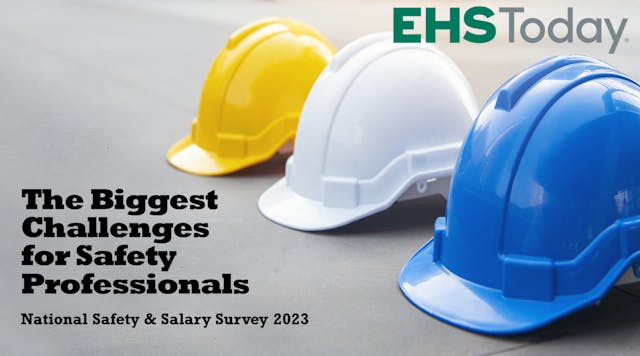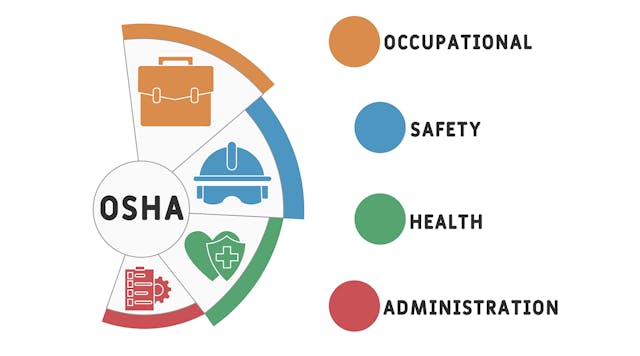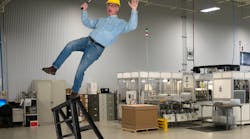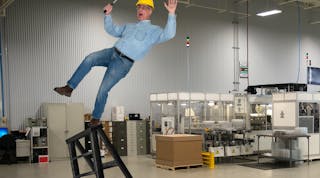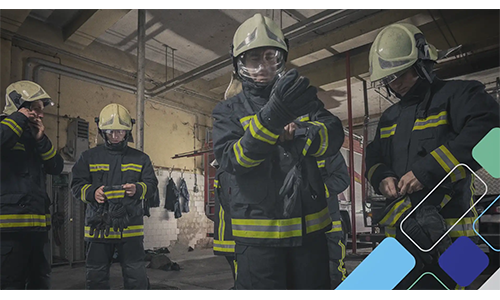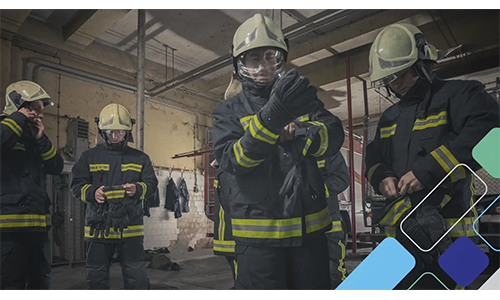U.K.-based Bob Kerwin is about a year into his role as global director, environmental, health and safety (EHS) at Avnet, a $26 billion electronics distributor and technology solutions company. His influence and experience as a career quality management professional are paying dividends as evidence that the two career paths continue to converge.
Kerwin shared with EHS Today his thoughts on the similarities he sees between EHS and quality, and why he sees the functions coming closer together. He also described his EHS plans for Avnet, along with some of the challenges and opportunities working with multiple stakeholders across the complex ecosystem of a large, global company.
EHS Today: Can you explain why Avnet created this new role?
Kerwin: This new position was created to institute a global vision, develop global standards, and coordinate the multitude of independent environmental health and safety initiatives in place across Avnet’s many regions and businesses. Having global governance will also help achieve consistency and transparency in the data used for reporting on the company’s progress.
You transitioned into this role after several decades in quality management. How did you get started at Avnet?
I came to Avnet through acquisition of the Avnet Abacus organization, where I started in a warehouse role back in 1994. My background had always been warehousing and logistics. Previously I worked for six years with the U.K. Ministry of Defense, starting in 1982, so I’ve been in logistics and distribution for over 40 years now. I transitioned to the quality manager role in 1999.
Regarding the new EHS role, I don’t think so much that quality managers transition [to safety], but rather that the role transitions around them. The reason I say that is if you go back 30 years, customers were saying we want you to have quality management systems. Over the last 10 to 15 years now that’s changed and also a lot of legislation is driving people to look more closely at environmental health and safety. It’s a natural transition from quality as all three topics are actually management systems.
What have you taken from your previous role in quality to your current role in EHS?
I think the role of quality manager is actually going to be renamed at some point in the future. They’ll become management systems roles, because we’ll work with all of the management systems that come along covering quality, EHS and other systems as they become business relevant.
What I take into this role from the previous one includes the contacts I developed in quality management and a deep understanding of management systems. I talk with my counterparts in quality management often. Whenever I’m doing anything now from an EHS perspective, the subject matter experts that I go to are my existing quality contacts. They’re also dealing with environmental and health and safety issues from many aspects already. I still join all of their calls and I go to all of our internal quality summits.
What it’s like working within a large, complex organization like Avnet?
We’re a global organization. We’re in every region and we’ve got subsidiary operations. My attitude has always been around the idea of “One Avnet,” and anything new we try to implement we’re going to do it from a global perspective.
Describe your first projects as you took on the EHS role. What did you focus on at the outset?
The first thing was to produce and publish EHS policies to lay the foundation. Next was to develop the strategy and launch training, and that’s what I’ve been doing for the last 12 months.
So, for example, all of those SMEs that I already knew from the quality group provided their opinions on drafts as did people from our various subsidiaries. It involved a major gap analysis on the entire organization. I surveyed individuals around the company to gather information. What did they know? What training had they had? So from there the strategy evolved into filling the gaps that were most important first.
The first things that popped up were issues of compliance, certifications, risk assessments, that type of thing. Taking the gap analysis with all its different topics, I grouped them into three broad categories: certification, key performance indicators (KPIs) and data, and training.
What are the latest initiatives on your agenda?
We wanted to develop a set of KPIs so that we can report on the right elements related to EHS. Our aim overall is not only to monitor these KPIs, but to use them to identify areas where we can make improvements in our global EHS processes as we continue our journey. We will continually review the existing KPIs for suitability and, where necessary, formulate additional KPIs for monitoring. We’ve just published those internally.
Next up are risk assessments, right down to ergonomic topics involving desk, chairs and monitors. We’ll soon have a form on our intranet that employees can fill out so that we can identify any potential risks and assign actions to reduce them. Then, we’ll start risk assessment forms for other topics and begin addressing those, too. That work will be ongoing for the next 12 months or so.
What do you see ahead for the EHS function overall?
I think a whole range of topics are going to be driven by legislation to take us down roads we may not be thinking of at the moment. For example, in Germany, there’s the German Supply Chain Due Diligence Act,. This covers human rights and the environment in the supply chain for companies operating in Germany. I think that type of legislation is going to spread across Europe and will spread globally. We’ll tackle these requirements alongside our customers and supplier-partners collaboratively as One Avnet.












